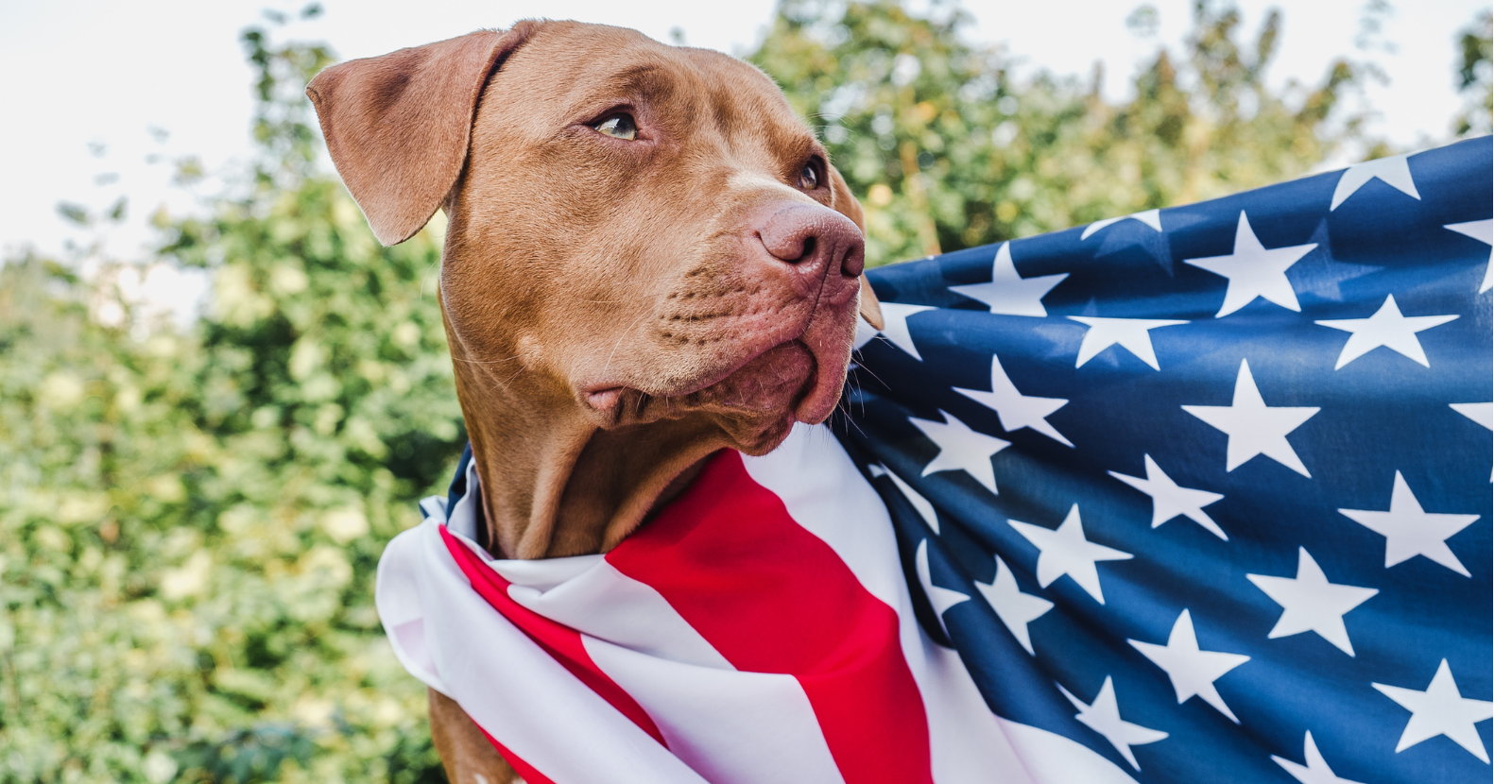
October is National Animal Safety & Protection Month, a month dedicated to safe care and handling of our favorite animals. Parnell Living Science is honoring this month with dog safety tips to prepare you, should there be a pet emergency. This article focuses on what to do in the pet emergency where your dog eats chocolate.
Most pet parents know chocolate is bad for your dogs, even toxic. Speaking from experience, my goal was simply to never give my dog chocolate. Crisis averted. Unfortunately, life doesn’t go as planned. This happened when my kids left a box of chocolate chip cookies on the kitchen table and my beagle pulled it off the edge and then ate the entire contents. As you can imagine, I panicked when I found her nose in the empty box, licking the container. A fast trip to the veterinary clinic helped me better understand chocolate toxicity in dogs.
Could chocolate kill my dog? Bottom line: Yes. But it depends on many factors. Here is what you should know to be prepared.
-
Why is chocolate lethal?
The toxic compounds in chocolate are methylxanthines, which include theobromine and caffeine. These stimulants are fine in people, but in dogs it will negatively affect a dog’s central nervous system, heart and urinary tract. These are in every type of chocolate, but the amount varies by type of chocolate.
-
What type of chocolate is it?
In basic terms: white chocolate is the least toxic. This is because white chocolate has the least amount of theobromine. Milk chocolate is in the middle. Dark chocolate and baking chocolate are more toxic. There is also the quality of chocolate which should be considered. I found most regular store-bought chocolate items do not have enough actual chocolate in the content but rather chocolate flavoring. If something is eaten by your dog, be sure to check the packaging to know what type of chocolate they ingested.
-
What is the weight of the dog, compared to the amount of chocolate eaten?
This is the million dollar question. Know the weight of your dog, and the amount and type of chocolate they have eaten. Obviously, a little Chihuahua has a lower tolerance for chocolate than a large German Shepard. Different scenarios are outlined here by the VCA pet hospital.
-
What are the symptoms of chocolate poisoning?
The amount of chocolate ingested will determine the symptoms. Dogs needing medical attention will show symptoms of vomiting, diarrhea and drooling more than usual. Some will have seizures, tremors or trembling. You might see your dog breathing rapidly or it may be slowed and heavy.
-
What should you do if your dog eats chocolate?
First and foremost, stay calm. While we all know these fur-babies are like our children, it is important to keep level-headed. Planning ahead is part of the battle. By simply reading this article, you are now more prepared should this happen. From there, most would err on being sure and taking their dog to the veterinarian. If it is after hours, there is usually an on-call number your veterinary clinic will have. Have this number programmed in your phone just in case you need it.
In my beagle’s case, it was during business hours so I was able to quickly rush her to my clinic and be seen. I brought the empty package of cookies with me to the veterinary clinic to show what she ate. Our dog was fine. It was a bit of panic. After discussing it with my veterinarian, we did the right thing in being safe rather than sorry. Make the best decision you can for you and your family.
Here are some additional resources to know:Pet Poison Control: 888.426.4435
In pet poison emergencies, an option is the 24-hour/7-days-a-week ASPCA Animal Poison Control Number. This number serves as a good back up if you are not able to reach your veterinarian if it is after hours. This number deals with all kinds of pet poisoning, not just chocolate. There is a consultation fee and they do ask for a credit card before connecting you with a veterinarian.
Chocolate toxicity calculator
If you are calm enough, use this toxicity calculator from petmd.com to help determine a course of action. As mentioned earlier, theobromine and caffeine are in chocolate and they equate to the level of toxicity in your dog upon eating chocolate. This calculator will help you determine the level of methylxanthine your dog has, and the level of concern based on type of chocolate, how much your dog ate and your dog's weight. This can be used as a guideline before determining whether to visit the emergency veterinarian in person or calling on the phone. It also includes a list of common household items and the amount of theobromine and caffeine in each serving. Plan ahead and be sure these items are stored in high shelves so your dog never accidentally gets them.
As always, we never want to have a pet emergency. But if it should happen, you are prepared!


.png)

